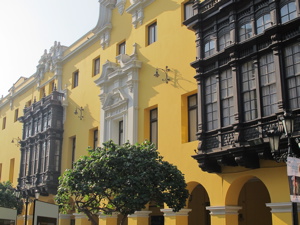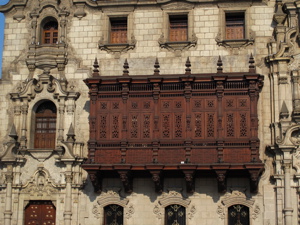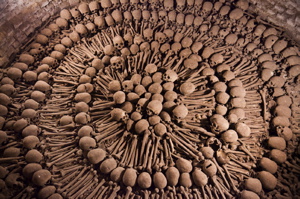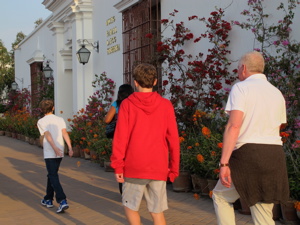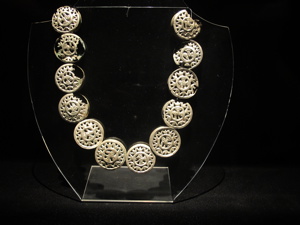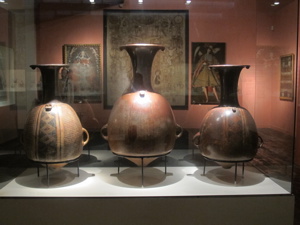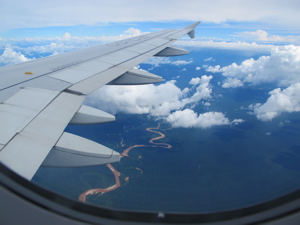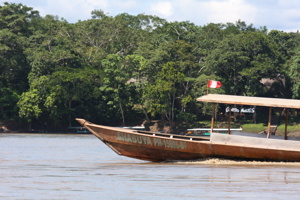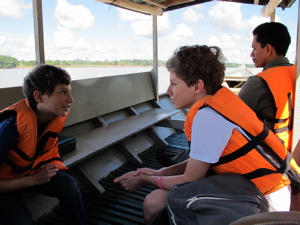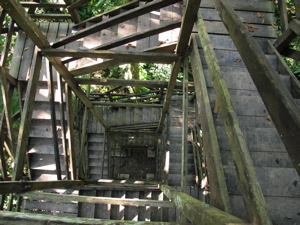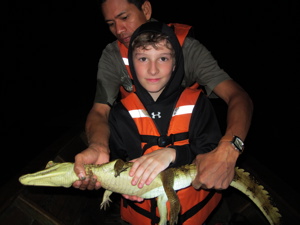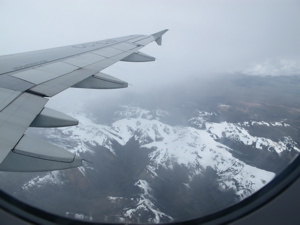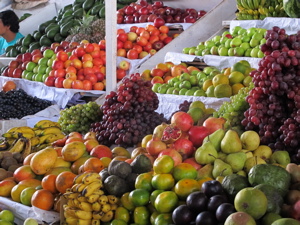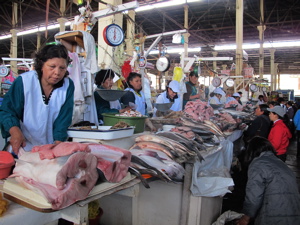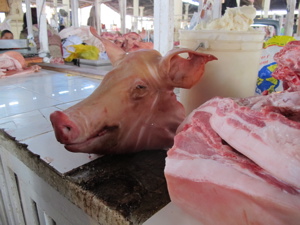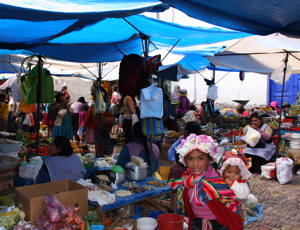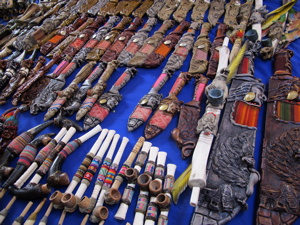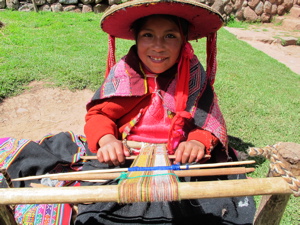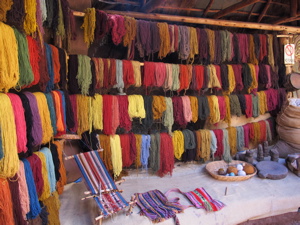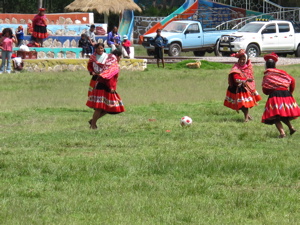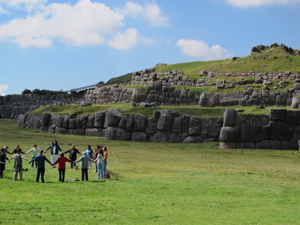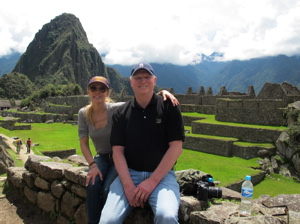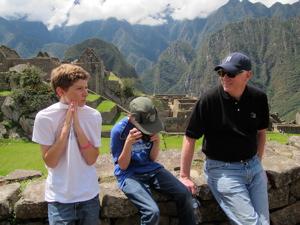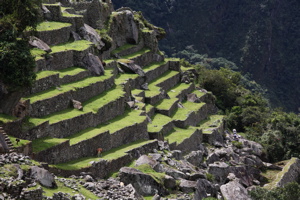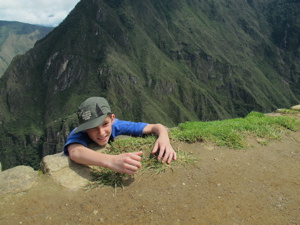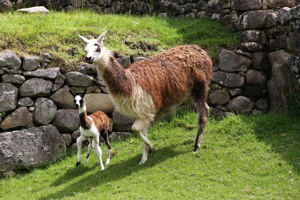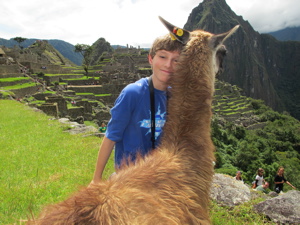
What's
New
- Winners Gallery
- Katrina's Editorials
- Health and Fitness
- Special Offers
- Field Experts
-
Travelogs
-
July 2012
Aspen Summer -
February 2012
Ladies' Trip to India -
September 2011
Grazing Our Way through the “New Tuscany” -
Summer 2011
Biarritz, San Sebastian & more -
June 2011
Vietnam: Traditions and Transformations -
April 2011
Peru Spring Break -
April 2011
Ski & Sea Spring Break -
December 2010
Miami Art Basel -
September 2010
The East Side of Eden -
September 2010
Buenos Aires, Sao Paulo and Rio -
August 2010
Ionian Bliss -
August 2010
Buzz-worthy Berlin -
July 2010
Alaska Adventure -
April 2010
Springtime in New York -
February 2010
Aspen: Winter Wonderland -
January 2010
Australia: Home for the Holidays -
November 2009
New York: Dining, Theater & Art -
October 2009
London Art & Dining -
September 2009
Japan Journey -
June 2009
Peru Adventure
-
July 2012
- Newsletters
- Press
- MLS Signature Trip: Arctic Adventure
Travelogs
Peru Spring Break
The most common question I’m asked is, “Where can you go if you only have a week?” I’ve done three big spring-break trips with my family – to Morocco, Japan and this year, to Peru. These trips were all approximately a week on the ground, and a day of travel at both ends – very doable with the right planning and a good partner.
Getting to Peru is easy from the U. S., and only 2 hours ahead of Pacific Time. LAN Chile and TAM (a Peruvian airline) both offer direct flights – 8 hrs from SF or LA to Lima. All our flights were on LAN – new 767 airbuses with large sleeper beds. The exchange rate is favorable too, nearly 3-1.
Peru has made remarkable advances in the last 40 years, and even more so in the last 10, eliminating corruption (though there are still instances of illegal logging and mining) and making the most of their economic opportunities. Gold is their biggest source of income – Peru is also the world’s largest producer of asparagus (which I didn’t know), and a huge exporter of orchids, cotton and textiles. Being near the equator, the temperatures are constant year-round for tourism and agriculture, but there is a distinct rainy season (Nov-Apr). The best time to visit is July-August; May and September are also good, and have their own advantages – September is butterfly season in the Amazon, and the flowers are at their best April-May. We were lucky with the weather, as the rainy season had just ended – blue skies every day!
The terrain is very diverse, changing sharply from coast to mountains to rainforest. Because of this, the people of Peru had to learn to survive as isolated communities. This communal lifestyle shows today, with everyone looking happy and busy. While Peruvians live very much in the present, they have a proud and vivid past, from pre-Inca civilizations like the Nazca, Moche and Chavin, to the Incas and the Spanish. It’s a very respectful culture with lots of dignity – we felt entirely safe everywhere we went. The Andean people are very superstitious (being so dependent on rain and the seasons) – the roofs of their farmhouses are decorated with symbols of bulls and crosses, asking for good weather and prosperity. In the countryside, the colorful Peruvian clothing is not a costume, it’s a living tradition. The girls still wear their ethnic embroidered skirts, shawls, and hats even when they play soccer! (The teams are indicated by the pattern of the skirts).
We started off in Lima, the capital and home to 8 million people. The colonial architecture in the old town is quite beautiful, while Miraflores is chic and fashionable, from the restaurants to the Miraflores Park Hotel, right on the waterfront, with fantastic ocean views. I could tell that cutting-edge art and design are a big deal with the younger generation. The best museum in Lima is the Museo Larco, with an impressive pre-Inca and Inca collection. Though it covers 3,000 years, it’s very well organized and digestible.
We headed next to the Southern Amazon, flying to Puerto Maldonado and then traveling by boat to our eco-lodge on the Madre de Dios River. Some things to keep in mind when traveling here – the weather is hot and very humid year-round, and the wildlife can be hard to spot, especially if you’re used to the African safari experience. It is a very biologically rich area, though. We did canopy bridge hiking by day, and night boat trips to see the caiman, a relative of the alligator. The thick, lush forest, with huge fig trees rising up and vines dangling down, seemed like a different world – it reminded me of the movie Avatar.
Next was Cusco, the ancient capital of the Incas, and today a city of 400,000 people. Cusco was an unexpected city of surprise – the colonial architecture, the churches, the shopping, the food, the flowers everywhere make for a very sincere place that demands curiosity. The market in Cusco was especially a treat, as the families were shopping for Easter. There was every type of meat and produce for sale: fruit, pork, fish, many varieties of potato, garbanzo beans, seaweed, lupin bean, quinoa, corn, fish roe in heaps that looked like candle wax, bananas, and manjar blanco (like dulce de leche).
Cusco is at nearly 11,000 ft., so spending couple of days there to acclimatize before going to Machu Picchu is a wise decision. The coca tea was delicious and definitely helped with the altitude, and Terry and I also took the altitude medication that we use in Aspen, so as to prevent migraines, etc. (We all took Malarone for malaria prevention in the rainforest.) On our second day in Cusco, we did a tour of the Sacred Valley, stopping at the crafts market in Pisac, and having lunch at the Hacienda Huayoccari. The countryside felt to me like Switzerland, with the snow-capped mountains, spring flowers and green pastures, and like Australia, with the eucalyptus trees, rock cliffs, and dense forest, and then the villages with the tiled rooftops seemed like Tuscany. After lunch, we were given an informal lecture by historian Roger Valencia, who enlightened us about Peruvian culture and the country’s recent transitions. We also saw a weaving demonstration – textiles are big here, and make great souvenirs. Vicuña sweaters are very reasonably priced in Peru (unlike the U. S.), their softness and warmth is amazing, and the wool is harvested by shearing, so no harm is done to the animal. You can also buy all types of colorful sweaters, hats, and scarves made from alpaca wool.
Then, it was off to Machu Picchu, on the elegant Hiram Bingham train. It’s best not to plan a trip here during the rainy season, as the rains can wash out the train tracks with landslides, which can impact access to the ruins. For our trip, the weather was beautiful, and Machu Picchu was beyond expectations. There is wonderful hiking here, if you’re in a hiking mood. The very spiritual 4-day Inca Trail is something many people wait their whole lives to do, and once at Machu Picchu, you can climb the peak behind the ruins, Huayna Picchu. I recommend that you be in good shape for these hikes – they are not for the amateur given the steepness and altitude. But touring the Machu Picchu site itself is fine without any hiking experience.
We stayed at the Sanctuary Lodge at the gate to Machu Picchu – it’s a definite must. In Cusco, the Hotel Monasterio was THE place to stay. (The Jesuit monks were everywhere in Peru’s history, and the Church still owns the hotel.) Both are very limited in rooms, so you need to book them early as anchors for any Peru trip, along with the Hiram Bingham train.
The food in Peru is incredible and very healthy. The best restaurant we went to was ChiCha by chef Gaston in Cusco – we also really enjoyed Amoramar in Lima. Both are very sophisticated and stylish, offering unique twists on traditional Andean food.
Traveling through Peru, I could not help but envy the guys who did The Motorcycle Diaries – and yes, we did manage to get 50% off the grid. We were a friendly novelty with our mobile devices going through airport security. Only tourists seem to have the devices, because the locals don’t really use/need them unless they’re in professional jobs. However, Machu Picchu had perfect 3G service!
It was a wonderful one-week trip. We saw and did a lot – mountains and rainforest, history and wilderness, luxury and a little bit of roughing it – but not so much as to be overwhelmed. If our trip had been 2 weeks, we might have added the Galapagos (in Ecuador), the Paracas desert and the Nazca Lines near Peru’s southern coast, or perhaps the colonial city of Arequipa and nearby Colca Canyon, where the world’s largest condors soar above the world’s deepest chasm. I guess we’ll just have to go back.

Me gusta Peru!
Katrina
Copyright 2013 MyLittleSwans, LLC. All rights reserved. My Little Swans, the logo and Share a world of experience are registered Trademarks of MyLittleSwans, LLC. Use of this site constitutes acceptance of our Terms of Use and Privacy Policy.

